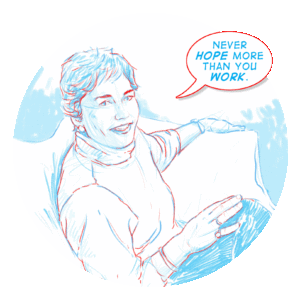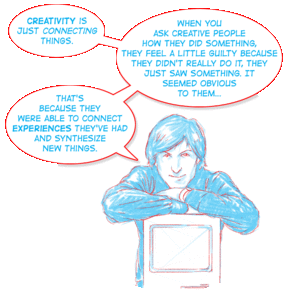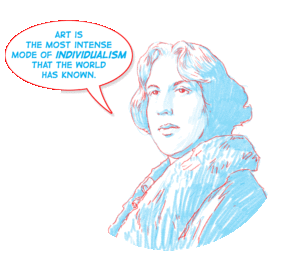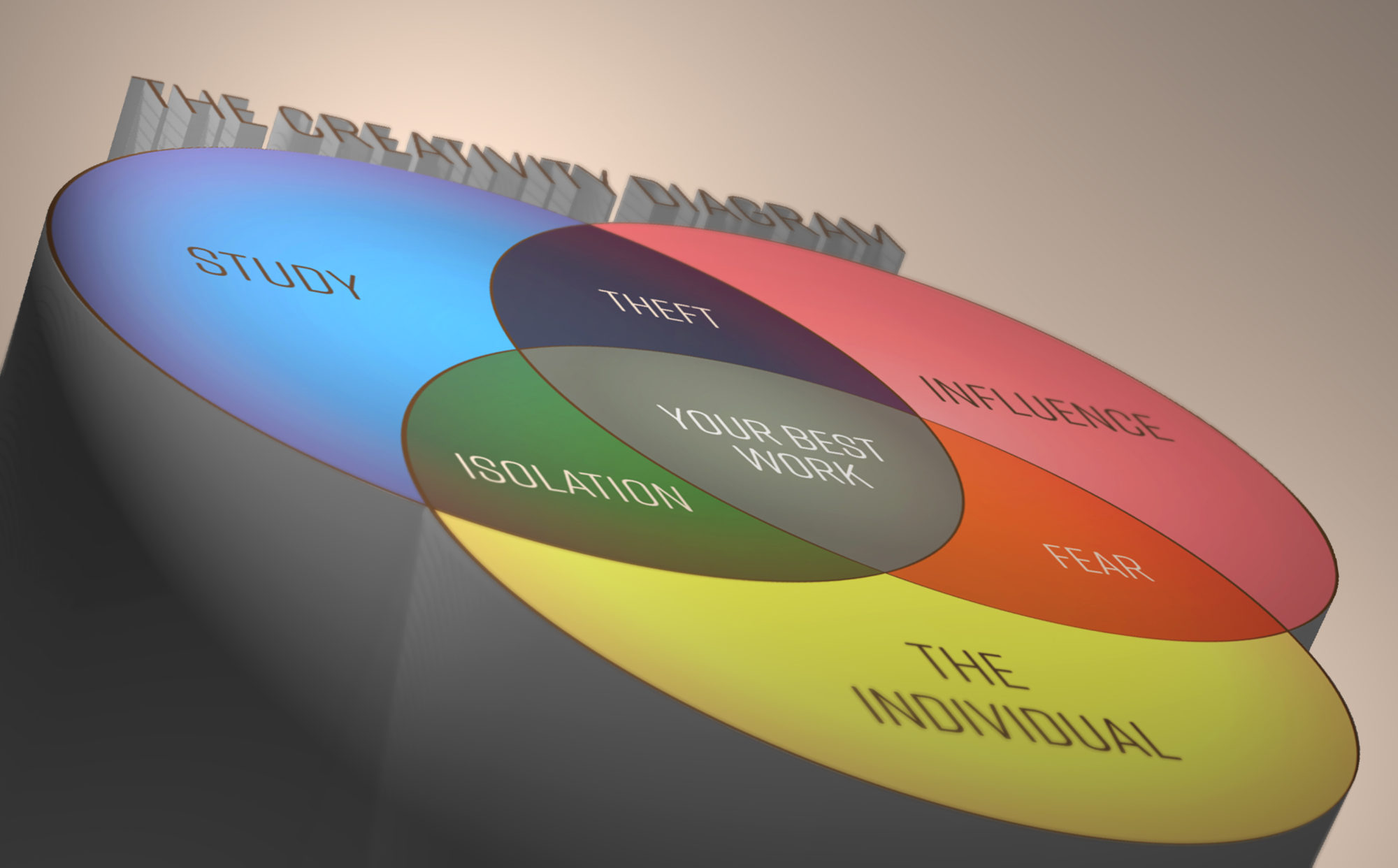
The Creativity Diagram is an attempt to quantify the resources available to creative people so that they can prepare for and optimize ideas.
Or perhaps it describes the ecosystem in which an artist, writer, or musician can build a habitat. Like organic ecosystems, your creative environment might be harsh or temperate. It could be a rich green jungle or the mountains of the moon, and this diagram attempts to describe it’s resources.
Your creativity might also have seasons, and with this tool we can look ahead to see the coming rain.

Ideas grow in all kinds of soil- the soil we make with our interests, our craftsmanship, and our desire to tell the world about the things that we can see from here. This is a chart to prepare yourself for whatever seed of an idea comes dragging a stick across your picket fence. It describes some of the ways that we can nurture those ideas. It’s a Farmer’s Almanac for the artistic temperament.
Also, it can be a problem-solving tool, pointing you towards balance. If that’s the kind of thing you’re into.
This hour-long presentation by artist and educator Neal Von Flue is currently available for to art groups, creative businesses, schools, conferences or anyone else who might be interested. Use the contact form to inquire.

